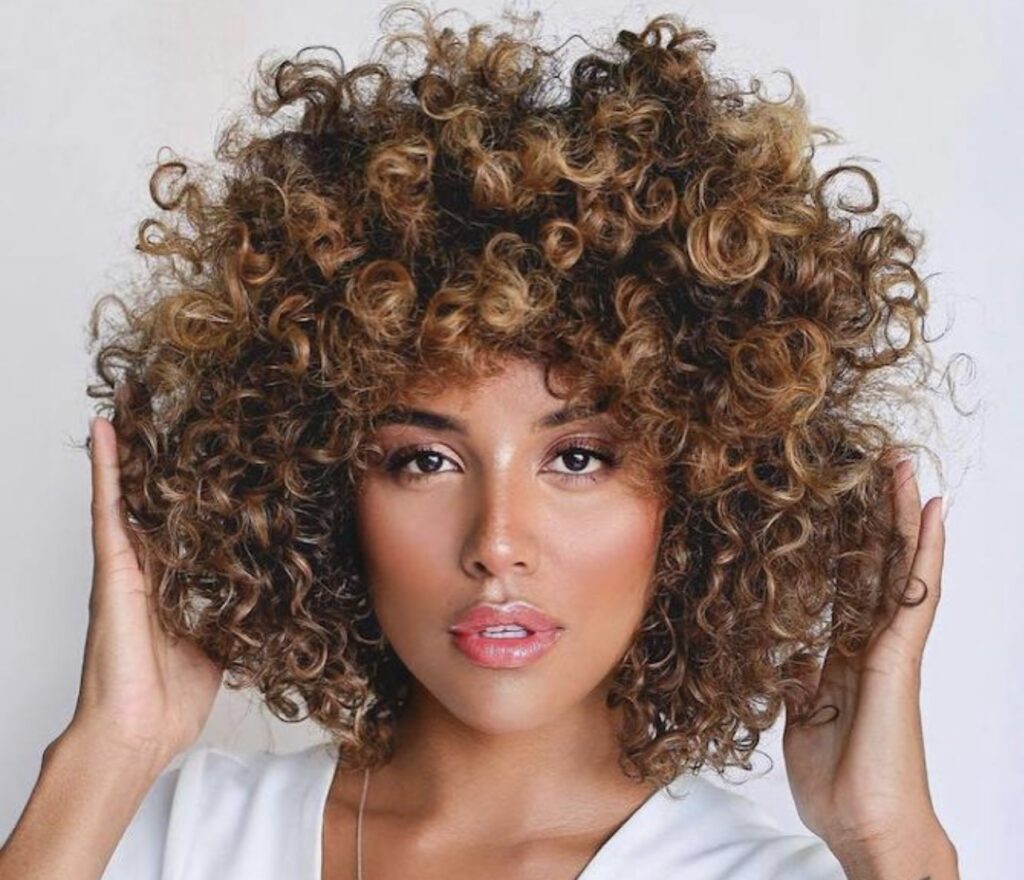Care for high and low porosity hairs are different, and you need to know the difference
High porosity hair is characterized by its ability to absorb moisture easily, but unfortunately, this can also lead to damage if the wrong hair products are used. When high porosity hair absorbs too much moisture, it becomes prone to frizz, breakage, and overall damage.

Care for high and low porosity hairs are different, and you need to know the difference















